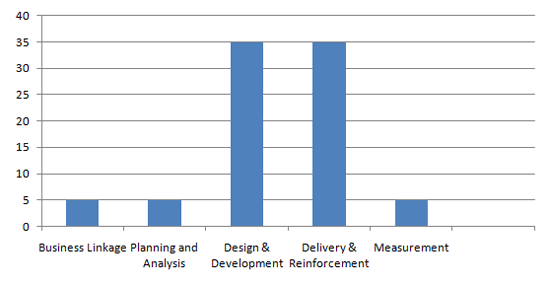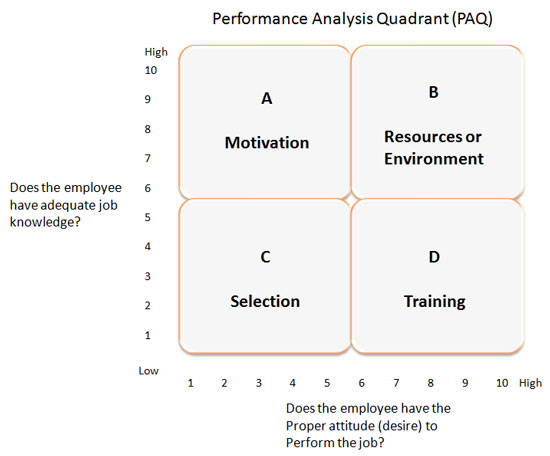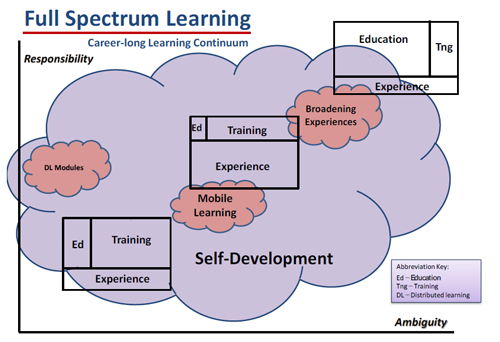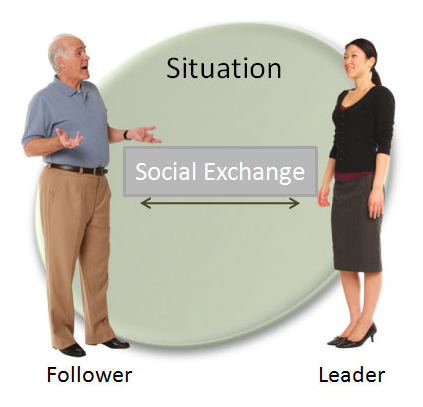While there are dozens of ways to lessen the positive impact of training, these six failures are often the worst offenders.
1. Failing to align Training Goals with the Business Goals
When Training Magazine (2004) surveyed senior executives about the most important training initiatives,
- 77% cited, “aligning learning strategies with business goals”
- 75% cited, “ensuring learning content meets workforce requirements”
- 72% cited, “boosting productivity and agility”
However, as the chart below shows (Trolley, 2006), most training activities spend very little of their time investigating and showing their customers how their efforts add value to their clients (see Performance Analysis):

Percentage of time spent on designing training
The failure of Instructional Designers to meet the business unit's expectations is normally not a lack of time, but rather a mentality of, “build it and they will come” rather than, “identify the opportunities to improve the business.”
2. Failing to Identify the Type of Performance Problem
Customer often perceive that all performance problems are training problems, and it turn, Instructional Designers fail to question if the problem is really a lack of training. Thus, there is a real need to fully analyze the problem in order to determine its root cause. When facing a performance problem, two questions need to be asked:
- “Do the employees have adequate job knowledge and skills?”
- “Do the employees have the proper attitude (desire) to perform the job?”
Their answers will place the employees in one of four performance quadrants in the chart below:

The quadrant that they land in informs you of the performance initiative required:
- Quadrant A (Motivation): If the employee has sufficient job knowledge, but has an improper attitude, this may be classed as a motivational problem. The consequences (rewards) of the person's behavior will have to be adjusted. This is not always bad as the employee just might not realize the consequence of his or her actions.
- Quadrant B (Resource/Process/Environment): If the employee has both job knowledge and a favorable attitude, but performance is unsatisfactory, then the problem is out of control of the employee. Some examples are, a process or procedure needs to be improved, lack of resources or time, or the work station is not ergonomically designed.
- Quadrant C (Selection): If the employee lacks both job knowledge and a favorable attitude, that person may be improperly placed in the position. This may imply a problem with employee selection or promotion, and suggests that a transfer or discharge be considered.
- Quadrant D (Training): If the employee desires to perform, but lacks the requisite job knowledge or skills, then learning needs to occur, such as performance aids, training, coaching, etc.
3. Failing to get Support from the Leadership Team
Customers often view outside activities as meddlers who interrupt their daily flow of work. These clients are often on the defensive and hide their true feelings and facts. During the planning and analysis phase you must bring the leaders in on the learning design activities and make them part of the solution (this collaboration is often called a matrix team or cross-functional team). The customers of a proposed learning/training initiative must be extensively involved in the construction of any new project. Besides introducing the customers and the training activity to each other, the other major benefit is that the customers will accept and benefit from a system that they themselves helped to define and solve. Often, nobody knows the system's learning requirements better than the people who own and work in it... and it often it takes the help of your guidance to draw this information out. This collaborative process does not mean agreeing with everything others say as this leads to group-think or the Abilene Paradox. You want the team members to not only disagree, but also share information and compromise.
In addition, it is important that the learners see the real worth of the learning program. If their managers cannot convince them that they need to learn and perform correctly, then they will probably never learn to perform or once they complete the learning program, they will probably not put their newly learned skills and knowledge to full use. People will most often perform what their managers expect them to do, while forgetting what the managers least emphasize.
Thus, you must have the leaders in on not only the initial planning and analysis stage, but also have them discuss the proposed solution with their followers in order to get their buy-in.
4. Failing to Identify the Correct Setting for the Learning Process
One of the major misconceptions of ADDIE or ISD is that it was created to only build classroom training environments, yet the reality is that it emphasizes other solutions first — you should too. A few of the guidelines for choosing instructional settings are:
Use a Performance Aid (mLearning, job aid, electronic performance support system) if:
- close supervision is not required
- the task follows a set procedure, has a flow to it, or contains information that does not need to be memorized
- the performance aid can be followed while performing the task
do not use if:
- bad consequence may occur if inadequate performance is high
- employees lack prerequisite skill
- the task requires high psychomotor skills
Use elearning or social learning if:
- close supervision is not required
- the task can be self-learned by an individual or group
- the material required for training can be adequate designed as a stand-alone package
do not use if:
- task failure would result in injury or damage
- special facilities or equipment is required
- Use On-the-Job-Training (OJT) if:
- close supervision is required
- task can be learned by individual or groups in the workplace
- task decay rate is very high
do not use if:
- sufficient equipment is not available for learners to practice on
- workplace cannot absorb the learners adequately
- training would be disruptive to normal operations
- Use Mentoring or Job Experience if:
- basically the same as OJT, except close supervision is not required
- do not use if
- coaching and some supervision cannot be provided on an as-needed basis
- Use Classroom if:
- a large group must be taught the same thing
- task difficulty requires a high state of training (task is difficult and requires time to acquire skills through practice)
- learner interaction is required (such as team training)
- material required for training cannot economically be placed in the field
- essential the employee be able to perform upon job entry (high consequence if employees are inadequate performers)
do not use if:
- task may be adequately trained elsewhere
5. Failing to Include Enough Activities and Practice Time to Reinforce Skills
Instructional designers often spend an enormous amount of time on creating a learning process or program, but fail to realize how much time and energy it actually took them to learn the task, so they end up building beautiful programs... except for one minor detail — the learning process lacks enough activities and practice to adequately build skills.
Too much practice builds over-learning, which is a good thing (it's what the U.S. military does to ensure warriors can perform in highly complex situations). Too little practice causes major gaps in performance. Which one do you prefer?
6. Failing of the Learning and Development Team to Learn from Their Successes and Failures
Instructional designers often attend several conferences or workshops a year and learn from others through reading or social networks, yet fail to evaluate their projects to determine the level of success or failure. Thus, while they may be learning, they have no idea if they are learning the right things. One of the best tools for this is the After Action Review. At the very least, evaluate your training and learning processes by waking-around the workplace and see how the learners (who should be performers by now) are actually performing and if their supervisors are satisfied with the results. And use Chris Argyris' Double Loop Learning to maximize your learning opportunities.
What are your deadly sin for training?



